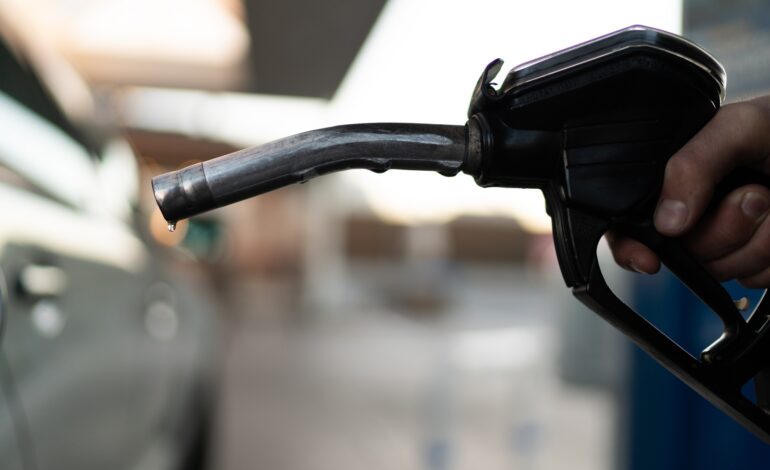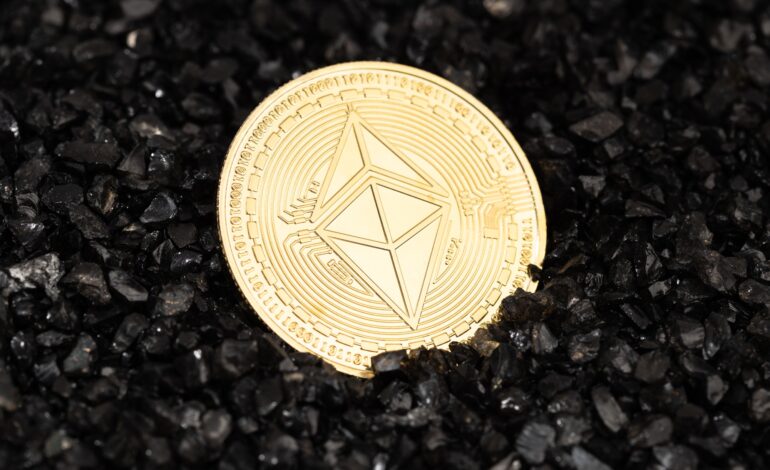Gas Fees Explained

If you’ve ever used Ethereum or tried buying NFTs, you’ve probably encountered gas fees—those pesky additional costs that come along with your transaction. But what exactly are gas fees? Why do they exist? And most importantly, how can you manage them?
What Are Gas Fees?
Simply put, gas fees are the transaction fees paid to blockchain miners or validators to process and confirm your transactions. Think of them as a service fee for using the blockchain network. Just like credit card companies charge merchants for processing payments, blockchain networks charge users a small fee to perform actions like sending cryptocurrency, interacting with smart contracts, or minting NFTs.
On the Ethereum network, gas fees are paid in Ether (ETH), the native currency of Ethereum. Other blockchains, such as Binance Smart Chain or Polygon, also have their own versions of gas fees, but the basic idea remains the same.
Why Do Gas Fees Exist?
Gas fees serve two primary purposes:
- Incentivizing Validators/Miners:
Blockchain networks like Ethereum rely on validators (formerly miners, before Ethereum switched to Proof of Stake) to process transactions and keep the network secure. Validators earn these gas fees as compensation for their work in securing the network and confirming transactions. - Preventing Spam:
If transactions on a blockchain were free, bad actors could flood the network with an overwhelming number of useless transactions, slowing down the entire system. Gas fees prevent spam and ensure only legitimate users make transactions by introducing a cost.
How Gas Fees Work: Breaking It Down
Gas fees are based on the complexity of the transaction and the network’s congestion at the time. Here’s how gas fees are calculated:
- Gas Limit:
- Each type of action on the blockchain (like sending ETH or minting NFTs) has a gas limit—the maximum amount of gas units needed to complete that action.
- Example: A simple ETH transfer may have a gas limit of 21,000 units, while interacting with a complex smart contract might require several hundred thousand gas units.
- Gas Price:
- The gas price determines how much you’re willing to pay for each unit of gas. On Ethereum, it’s measured in gwei, a tiny fraction of ETH (1 gwei = 0.000000001 ETH).
- During periods of high network traffic, gas prices increase as users compete to have their transactions processed first. Think of it like surge pricing for blockchain transactions.
- Base Fee and Priority Fee (Ethereum Only):
- Base Fee: Introduced with EIP-1559 (an Ethereum upgrade), this is the minimum fee required for a transaction, which fluctuates based on network activity.
- Priority Fee (Tip): You can add a small extra fee to incentivize validators to prioritize your transaction. This is like tipping for faster service.
What Causes Gas Fees to Be So High?
Gas fees can skyrocket under certain conditions. Here are the main reasons why:
- Network Congestion:
- When too many people are trying to use the network at the same time (e.g., during a popular NFT drop), gas prices surge due to supply and demand.
- Smart Contract Complexity:
- Some transactions, such as interacting with DeFi protocols or minting NFTs, require more computational power and thus have higher gas costs.
- Ethereum’s Scalability Issues:
- Ethereum has limited transaction throughput, which means it can only process a small number of transactions per second, making fees higher during busy times.
Gas Fees on Different Blockchains
While Ethereum is infamous for its high gas fees, other blockchains offer cheaper alternatives:
- Polygon (MATIC): Gas fees on Polygon are often just a few cents.
- Binance Smart Chain (BSC): Transactions on BSC cost only a few dollars, making it popular for DeFi.
- Solana (SOL): Known for fast and cheap transactions, Solana charges only fractions of a cent per transaction.
How to Lower Gas Fees
- Use Layer 2 Solutions:
- Layer 2 networks like Polygon, Arbitrum, or Optimism run on top of Ethereum and offer cheaper and faster transactions.
- Time Your Transactions:
- Gas prices fluctuate throughout the day. Tools like Etherscan’s Gas Tracker can help you find the cheapest times to make your transactions.
- Increase Gas Efficiency:
- Some wallets allow you to batch multiple transactions into one, reducing the overall gas costs.
- Use Cheaper Blockchains:
- If you’re not tied to Ethereum, consider using alternative networks like Binance Smart Chain or Solana for lower fees.
Real-World Example of Gas Fees
Imagine you’re buying an NFT on Ethereum for 0.1 ETH ($180). During a high-traffic period, the gas fee might be 0.05 ETH ($90). This means that just to complete the purchase, you’d have to pay $90 in gas fees—half the value of the NFT!
If you wait until the network is less congested, you could get a gas fee of only 0.01 ETH (~$18). Timing can make a big difference in how much you pay.
Future of Gas Fees: Will They Go Away?
With the launch of Ethereum 2.0 and Layer 2 solutions, gas fees are expected to decrease over time. Ethereum 2.0 will improve scalability by switching to a more efficient system called sharding, which spreads the load across multiple chains.
Layer 2 networks are also gaining traction, and many DeFi projects are shifting to these solutions to reduce transaction costs for users.
Gas fees are a necessary component of blockchain technology. While they can be frustrating at times, they play a critical role in maintaining the network’s security and preventing spam. As blockchain technology continues to evolve, gas fees are expected to become more manageable with the adoption of Layer 2 solutions and Ethereum 2.0.







2 Comments
There is apparently a bundle to realize about this. I assume you made certain good points in features also.
I am glad to be a visitant of this unadulterated website! , thankyou for this rare info ! .